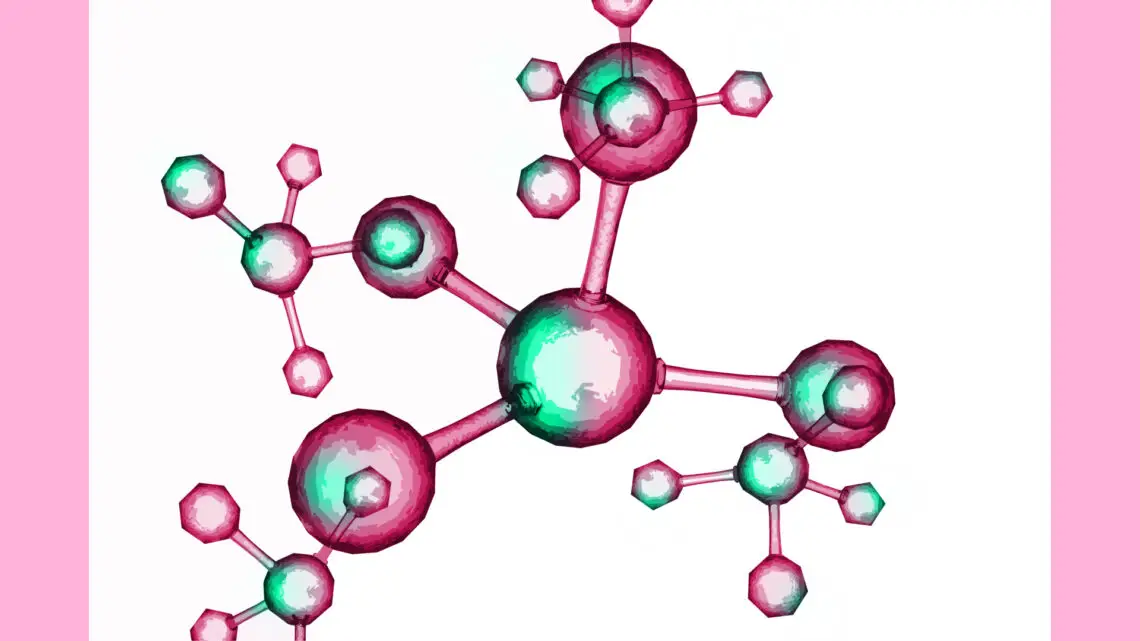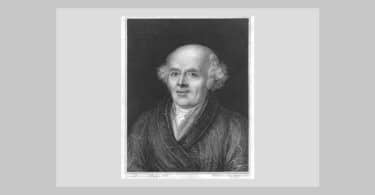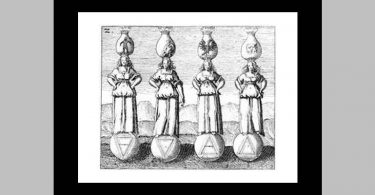(Read before I.H.A., Bureau of Homoeopathic Philosophy, June 17, 1938)
The grouping of remedies is a problem that presents itself to the mind of the homoeopathic student as soon as he begins to gain some insight into the personality of remedies and their application in individual cases. The first step along this line of thought is the inevitable comparison of remedies as brought out by the study of even a few remedies, and the necessary differentiation between remedies as soon as the beginner begins to comprehend the similarities that exist in almost any group of remedies. Usually the beginner learns to recognize Aconite and Belladonna among the earliest remedies in his armamentarium; to the older student of material medica they present marked differentiating symptoms, but the novice sees chiefly marked similarity.
The comparison of symptom similarities as exhibited by drug provings undoubtedly set the minds of the early homoeopathic students into the problem of remedy relationships. There is no question but that the problem of the similimum as against the similar arose even in the mind of Hahnemann, as may be inferred from his reports of cases, especially that of the mental case in which he prescribed first Belladonna and then Hyoscyamus—remedies which certainly have many similarities Whether or not Hahnemann himself devoted serious consideration to remedy relationship is a point we have not been able to check definitely.
We do know, however, that from his era on careful observers and students have given much thought to the problem of remedy relationship, and with all the statement of observations, little explanation has been advanced.
Even a cursory examination, however, seems to indicate that the key to the problem of complementary, inimical and antidotal remedies lies in similarity in some form—similarity of derivation, or similarity of symptom grouping.
Knerr, in his Repertory to Hering’s Guiding Symptoms, heads his interesting chapter on Drug Relationships (Indian ed., v. 2, chapter 48, p. 1697) with the following definitions:
Collateral. Drugs following well.
Complementary. Supplying the part of another drug.
Inimical. Drugs disagreeing, incompatible, do not follow well.
Similar. Drugs suggested for comparison by reason of their similarity; usually compatible, unless too similar, like Nux vomica and Ignatia.
There is a well-defined standard by which we can compare any two well-proven remedies for similarity.This is a problem which takes in but two major factors: the sifted symptoms of each remedy, so that (insofar as possible) personal idiosyncrasies do not interfere with the comparison. Hahnemann, in his preface to the Materia Medica Pura tells us how carefully symptoms were sifted so that none might appear that were not pure drug effects; how all symptoms were derived from healthy provers who were under similar conditions and on a similar regime; how all symptoms which appeared after deviation from the normal regime (such as fright, shock, or other psyclic or physical causes) were not recorded in the provings; and how such symptoms as appeared after lesser deviations from the normal were included in brackets as being of doubtful value. Unfortunately, not all later provings have been so carefully guarded, and we are not always sure of the symptom—whether it be of the remedy or of the prover himself—- unless there have been enough provers under similar regime to provide adequate control conditions. However, clinical verifications have tested some symptoms, which were brought out under seemingly uncontrolled conditions to the point where the verifications have provided a sound basis for the elimination of the idiosyncrasic element in comparisons.




